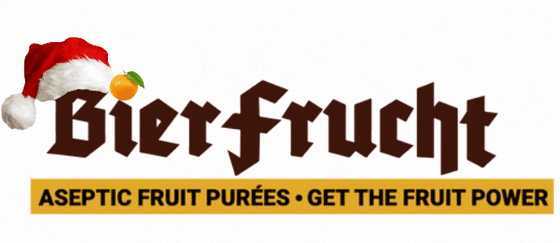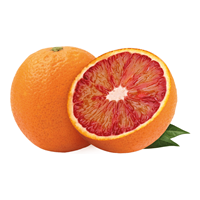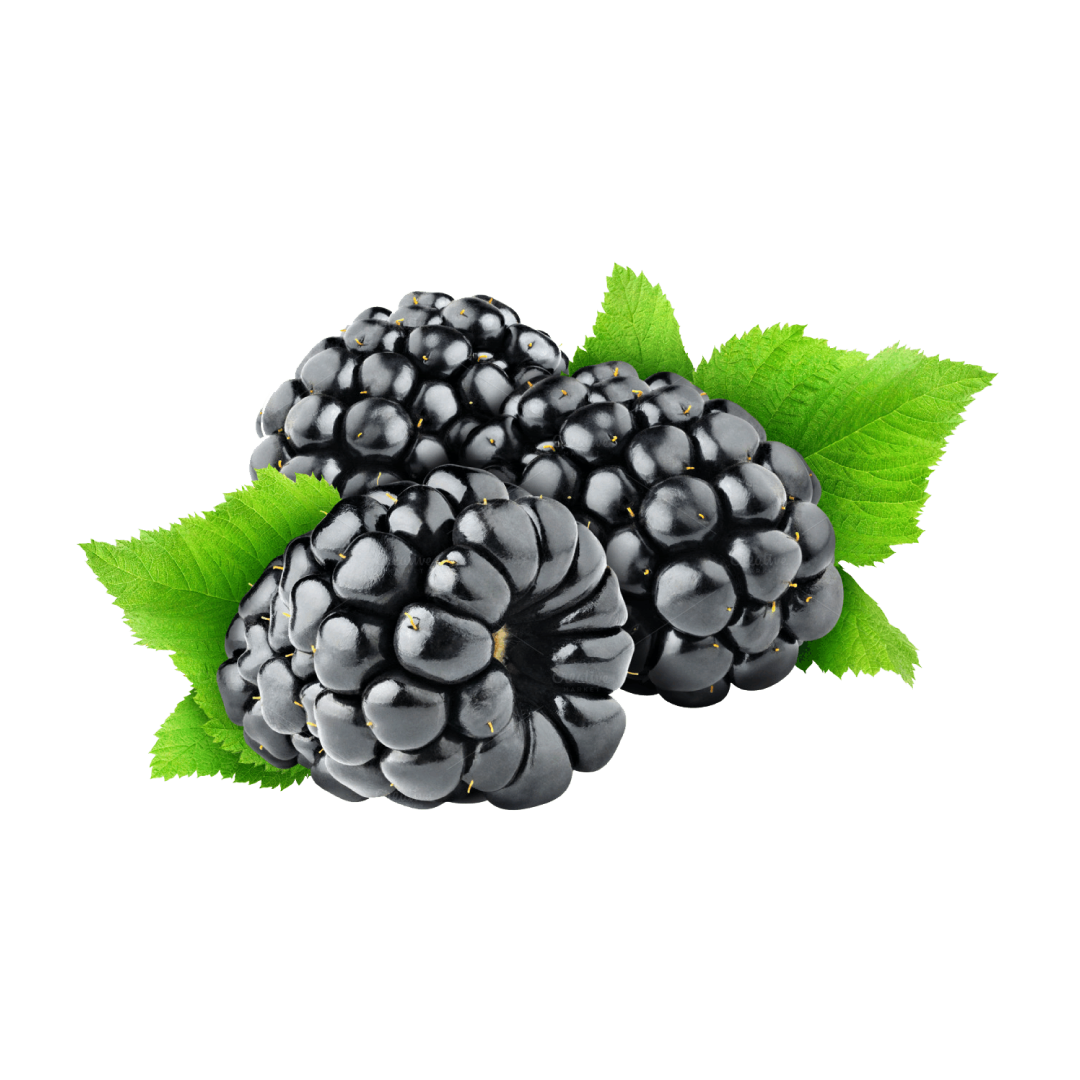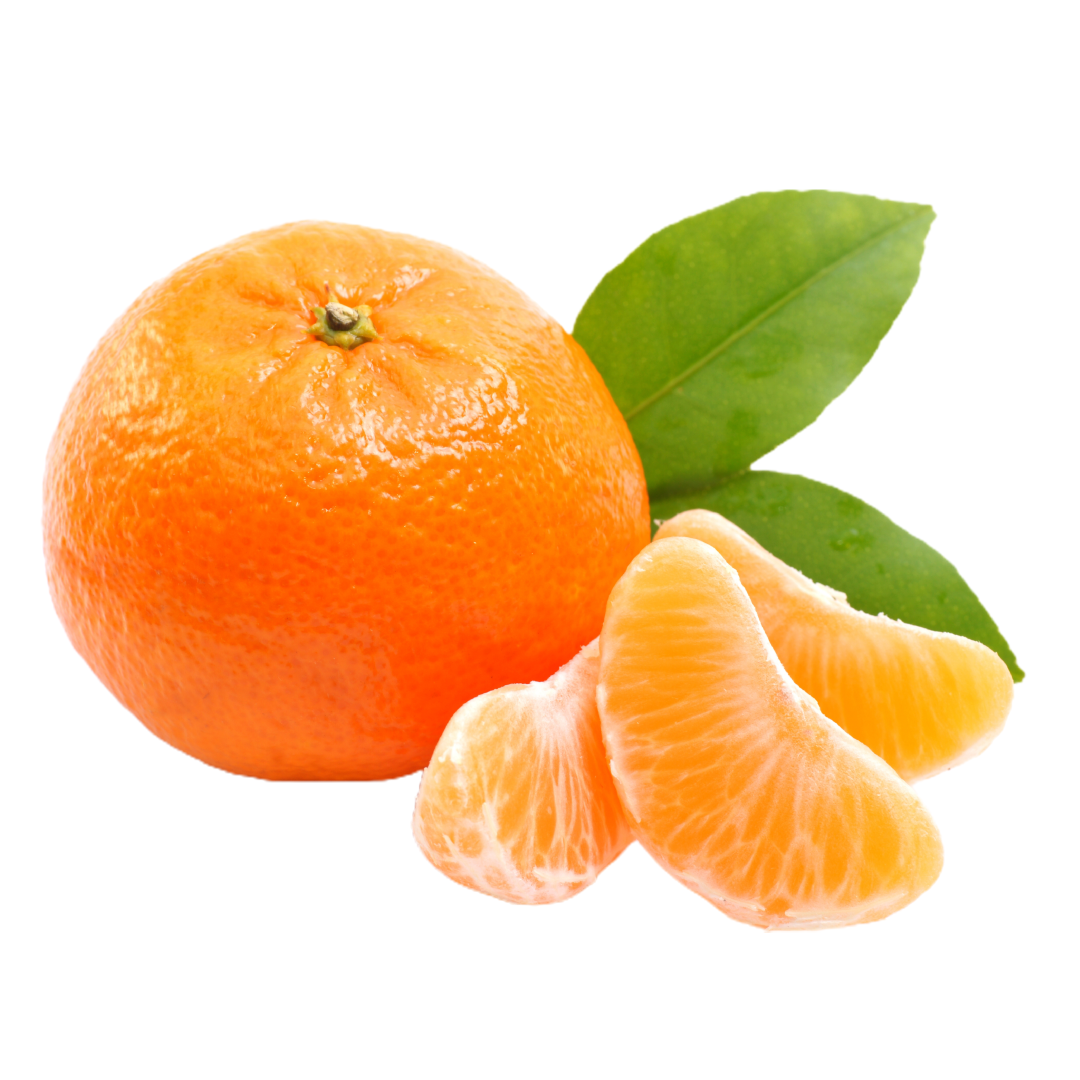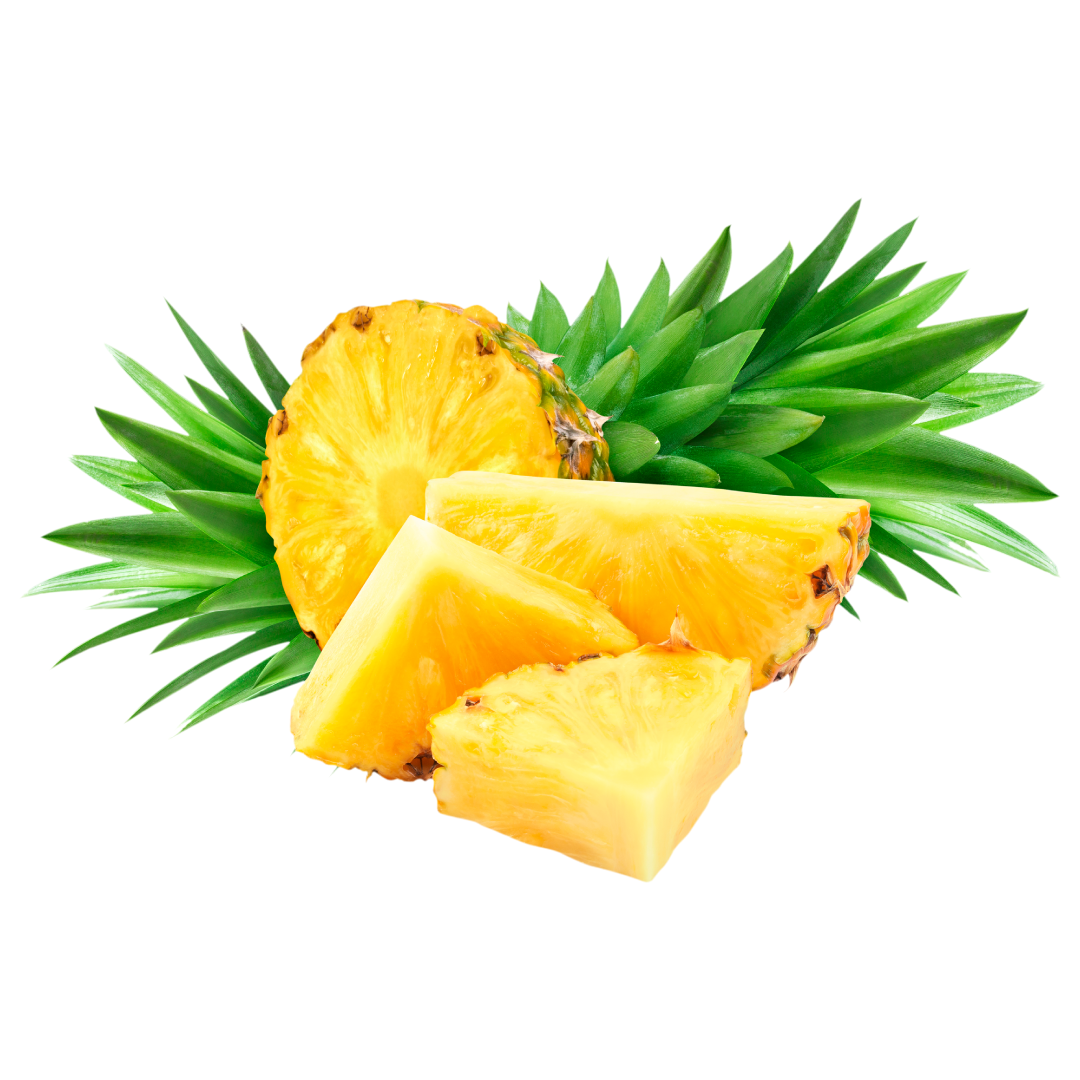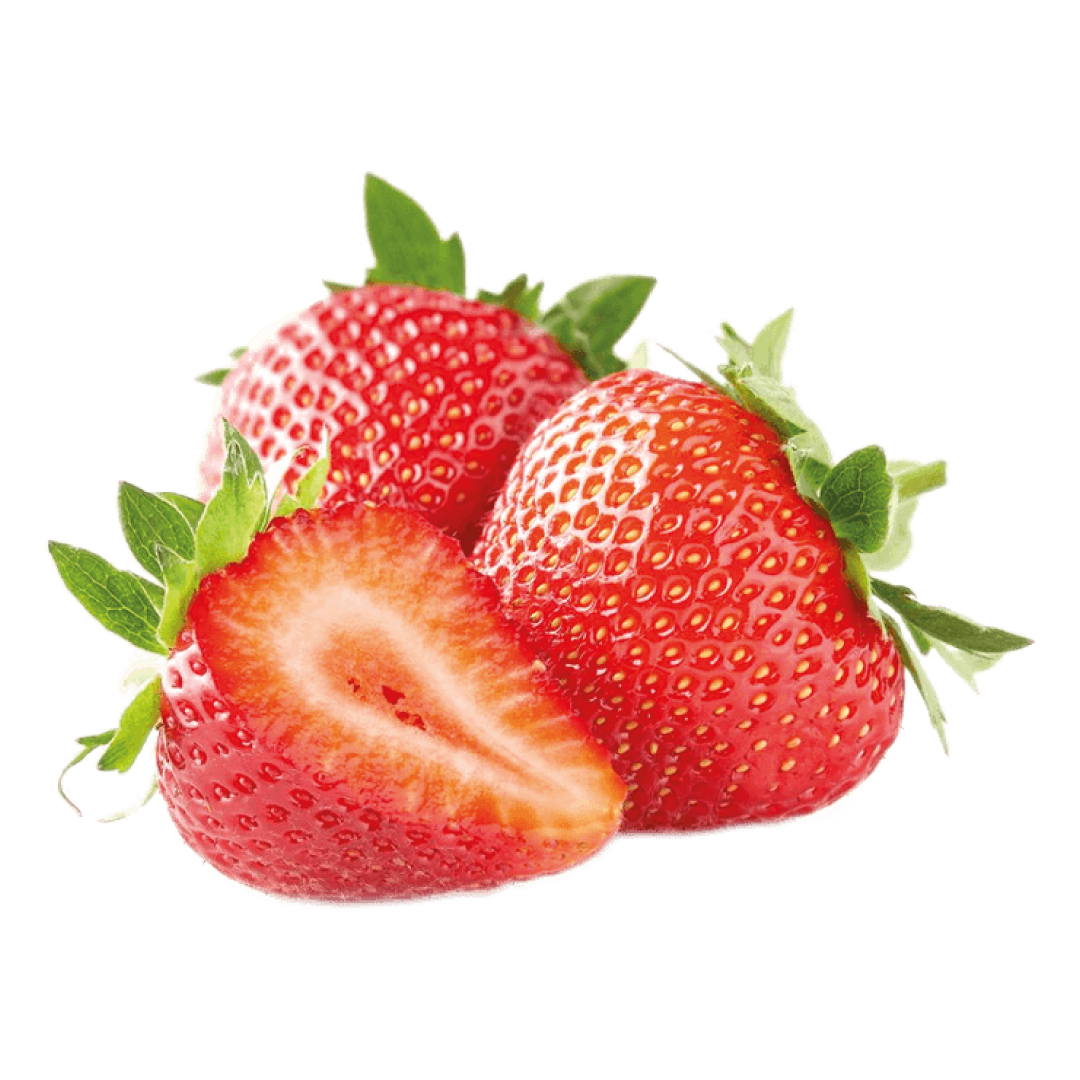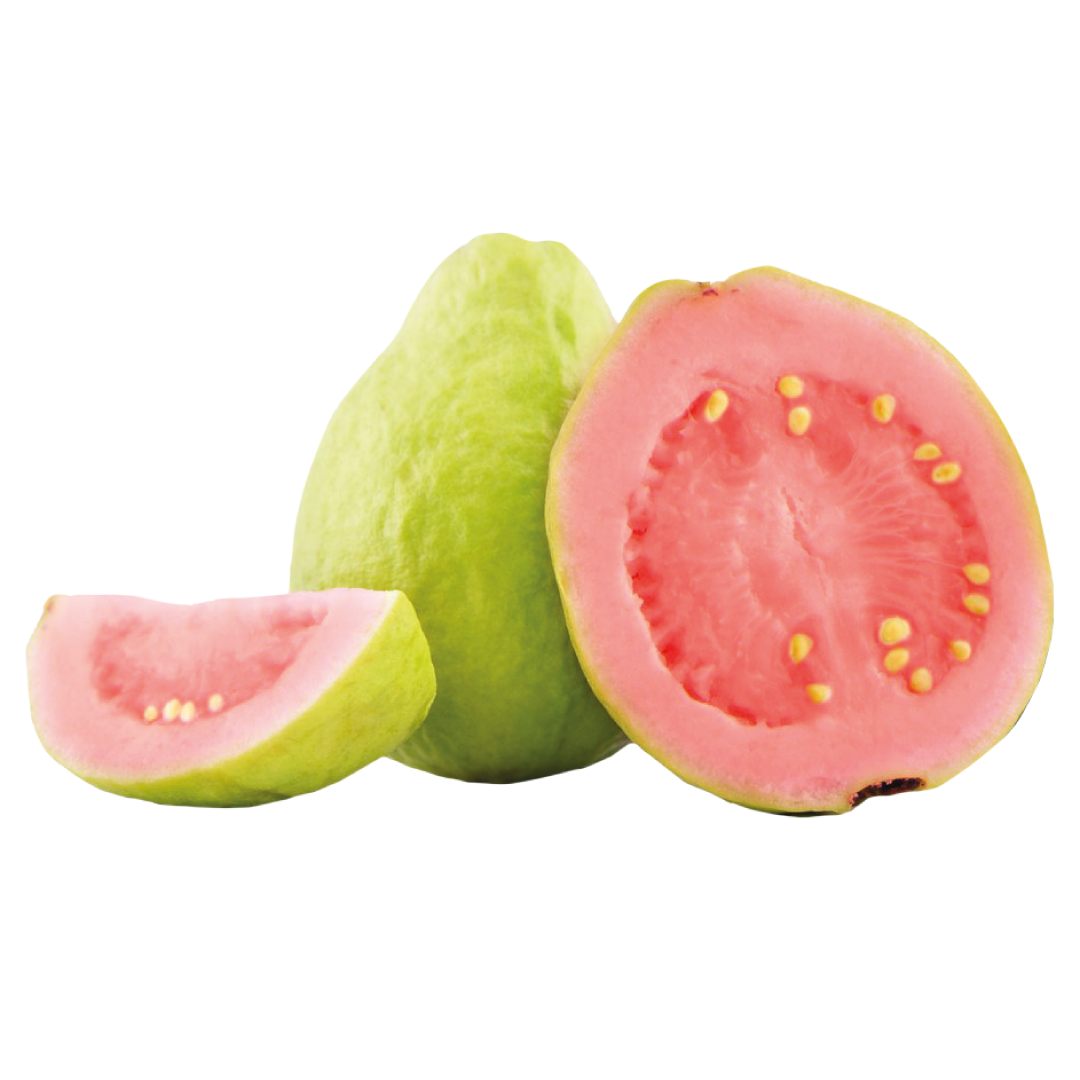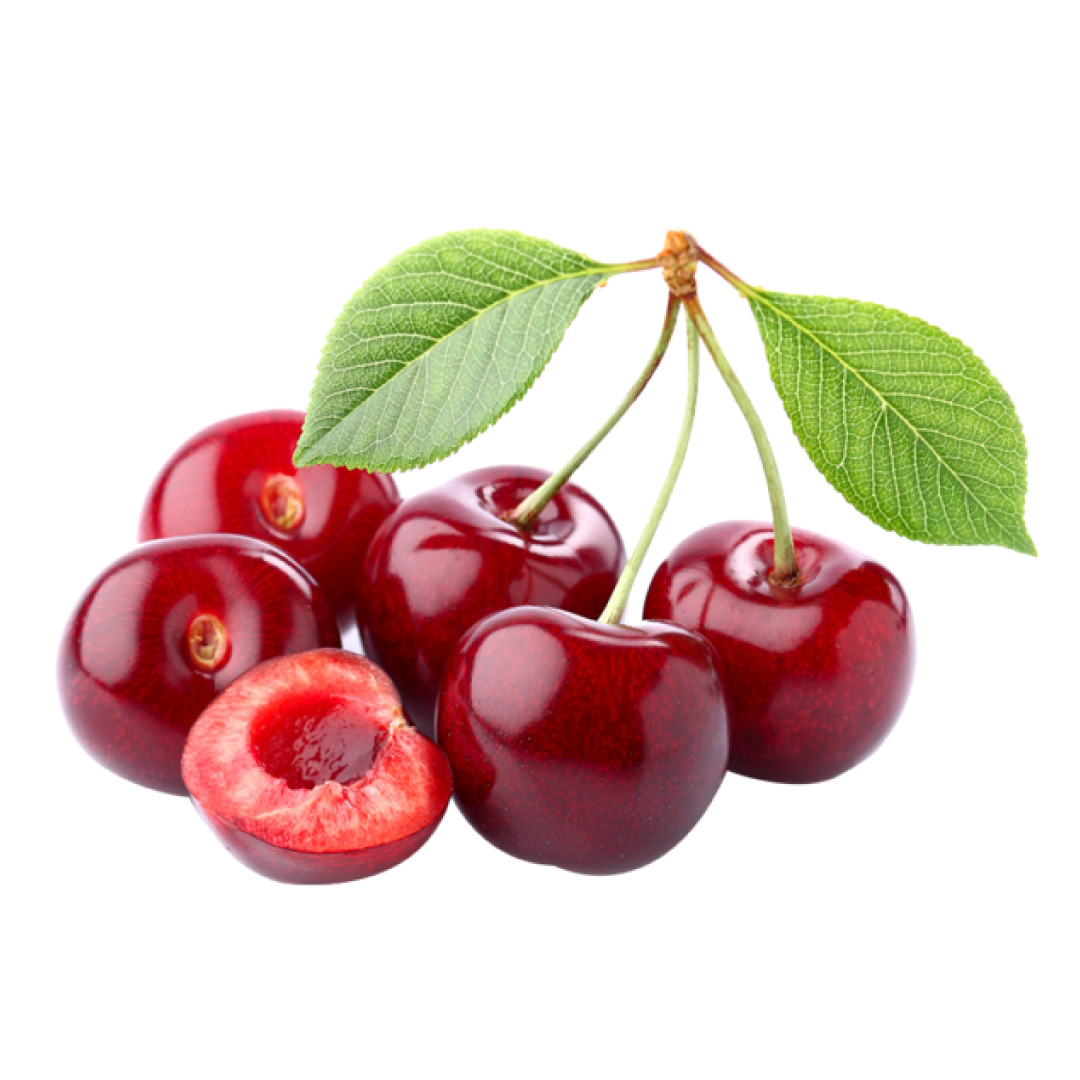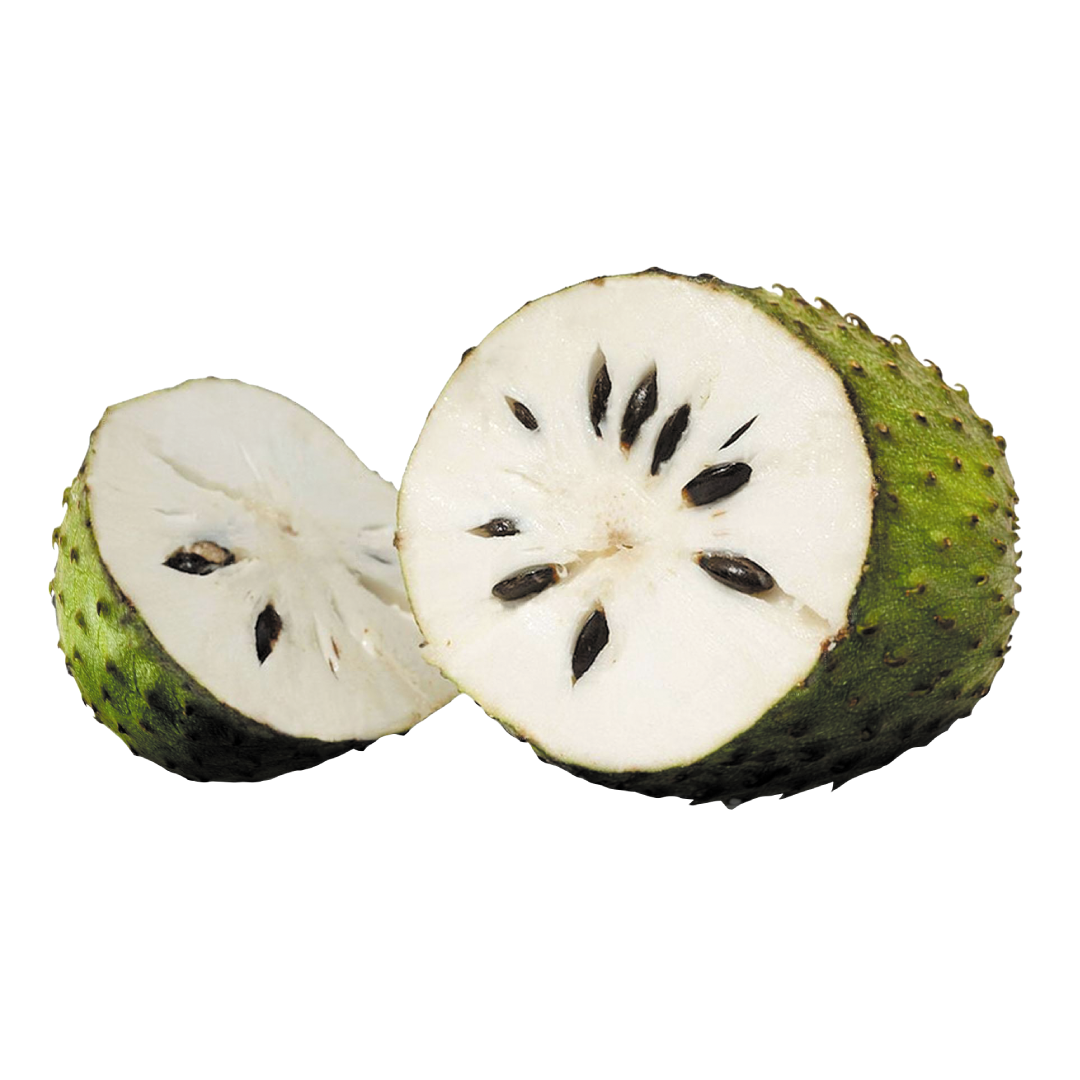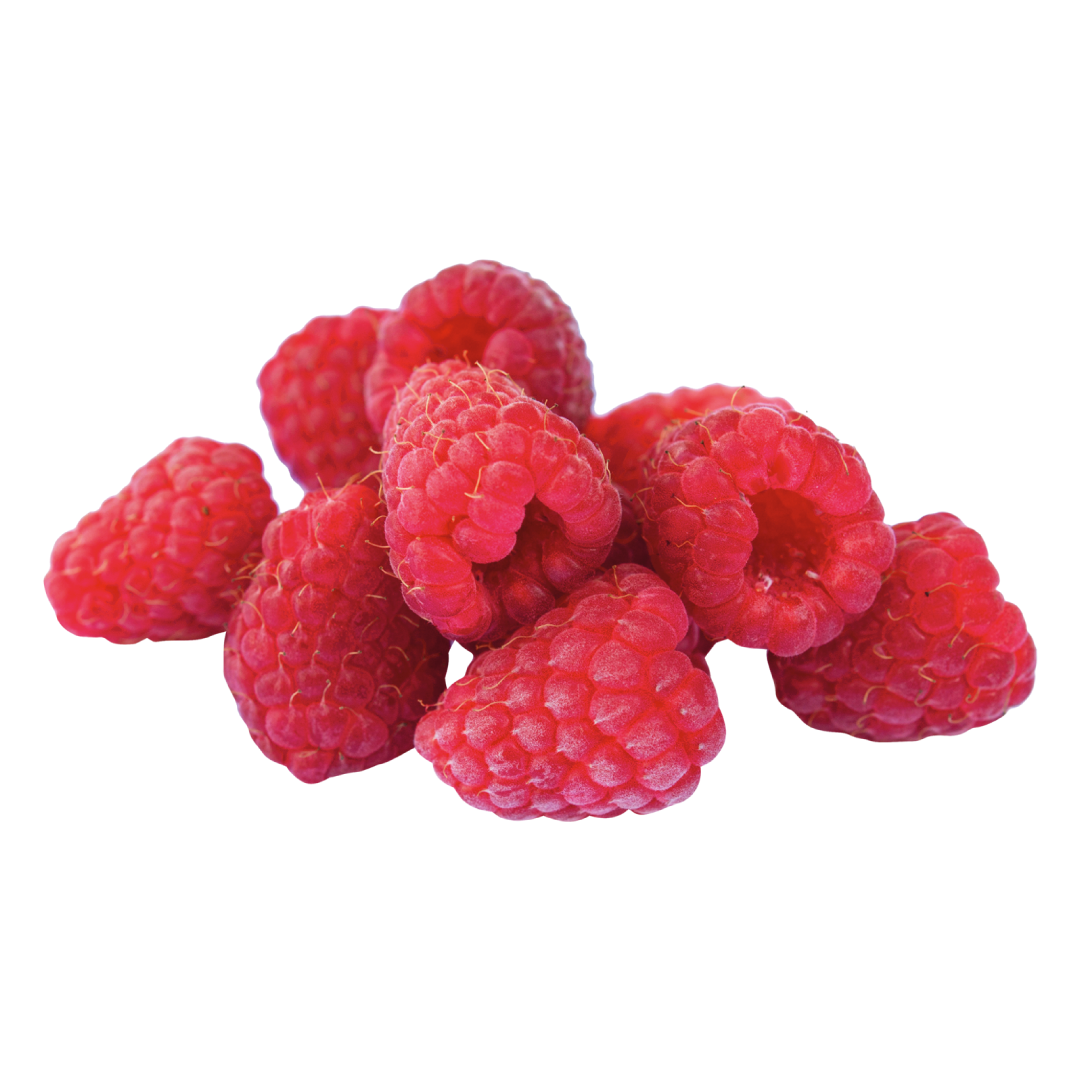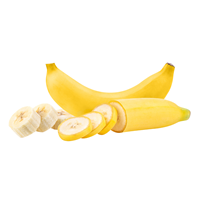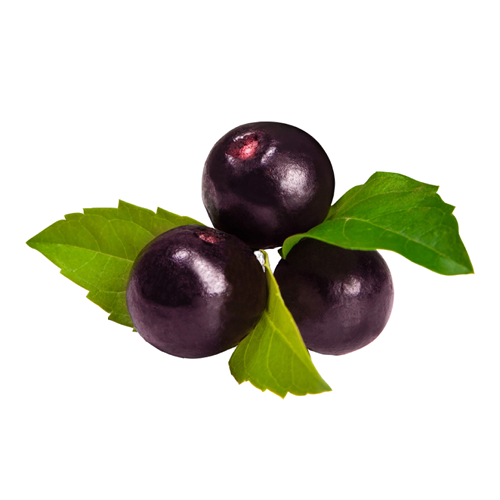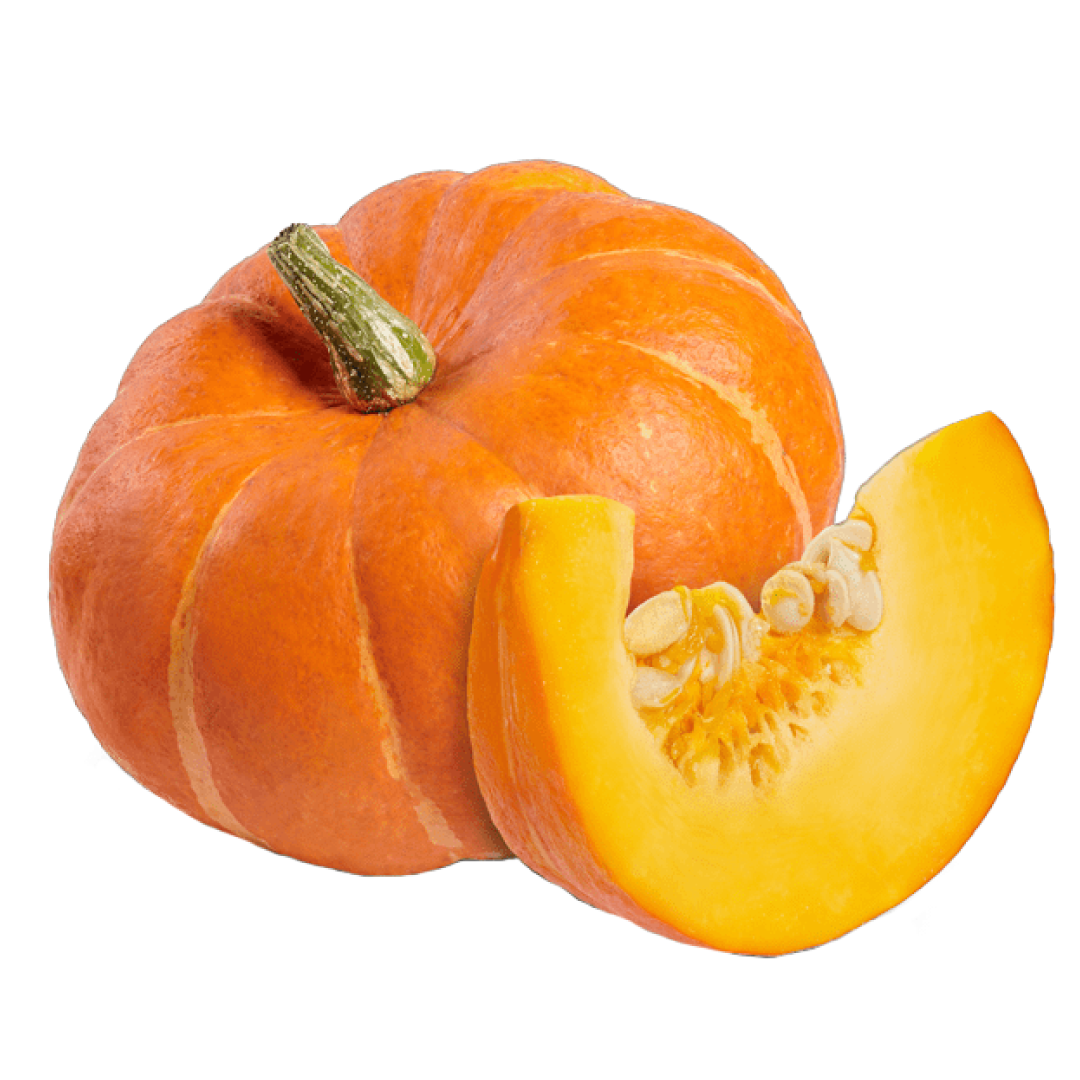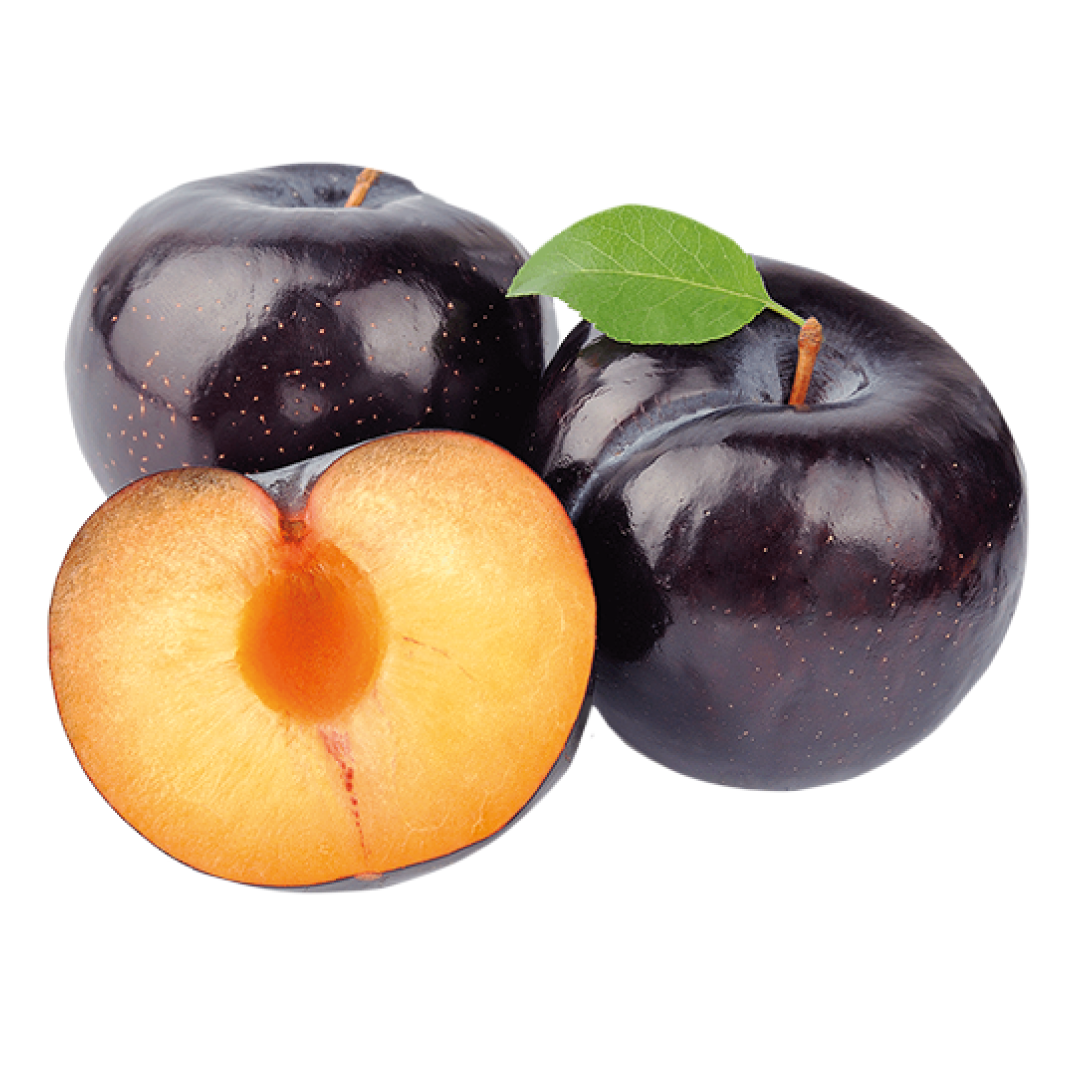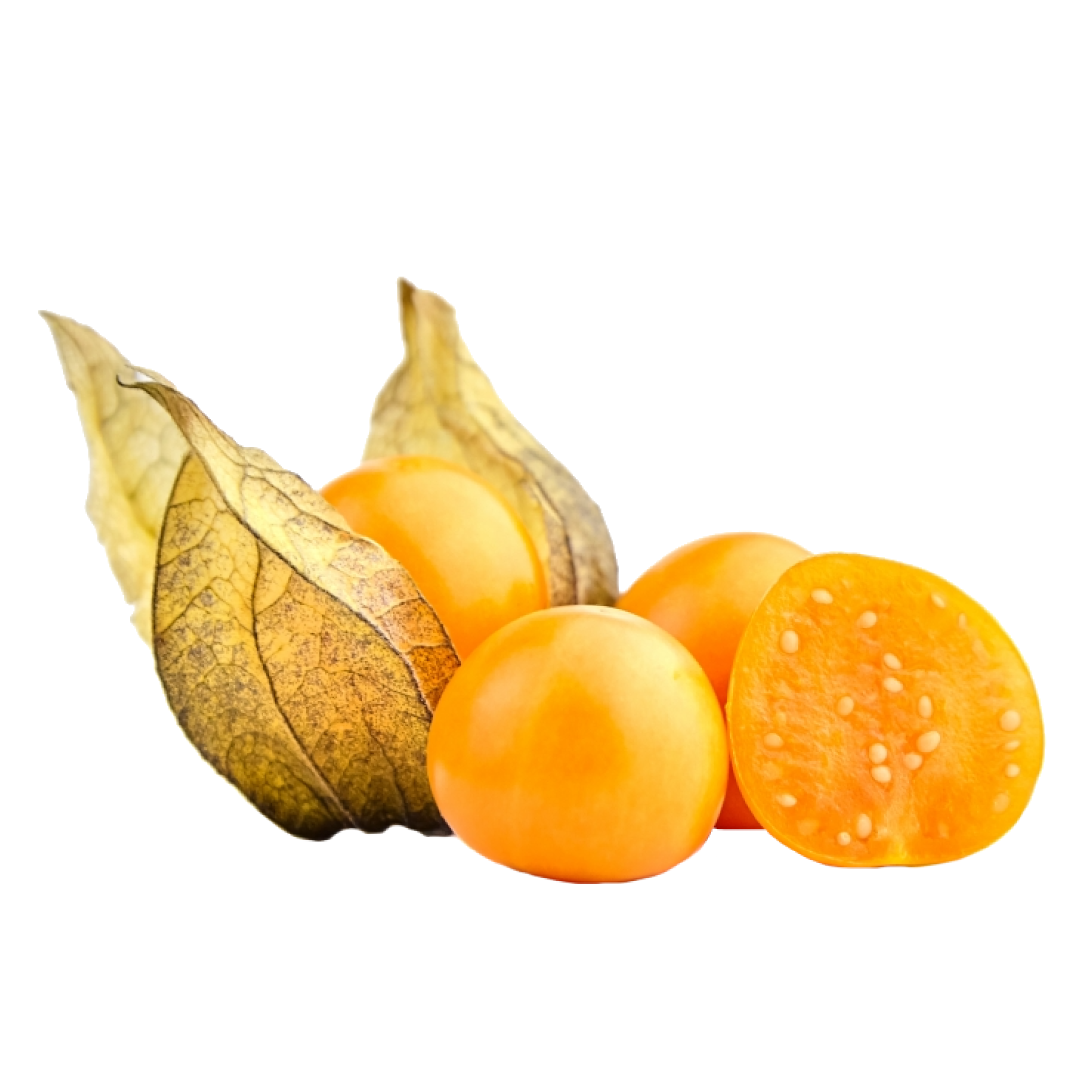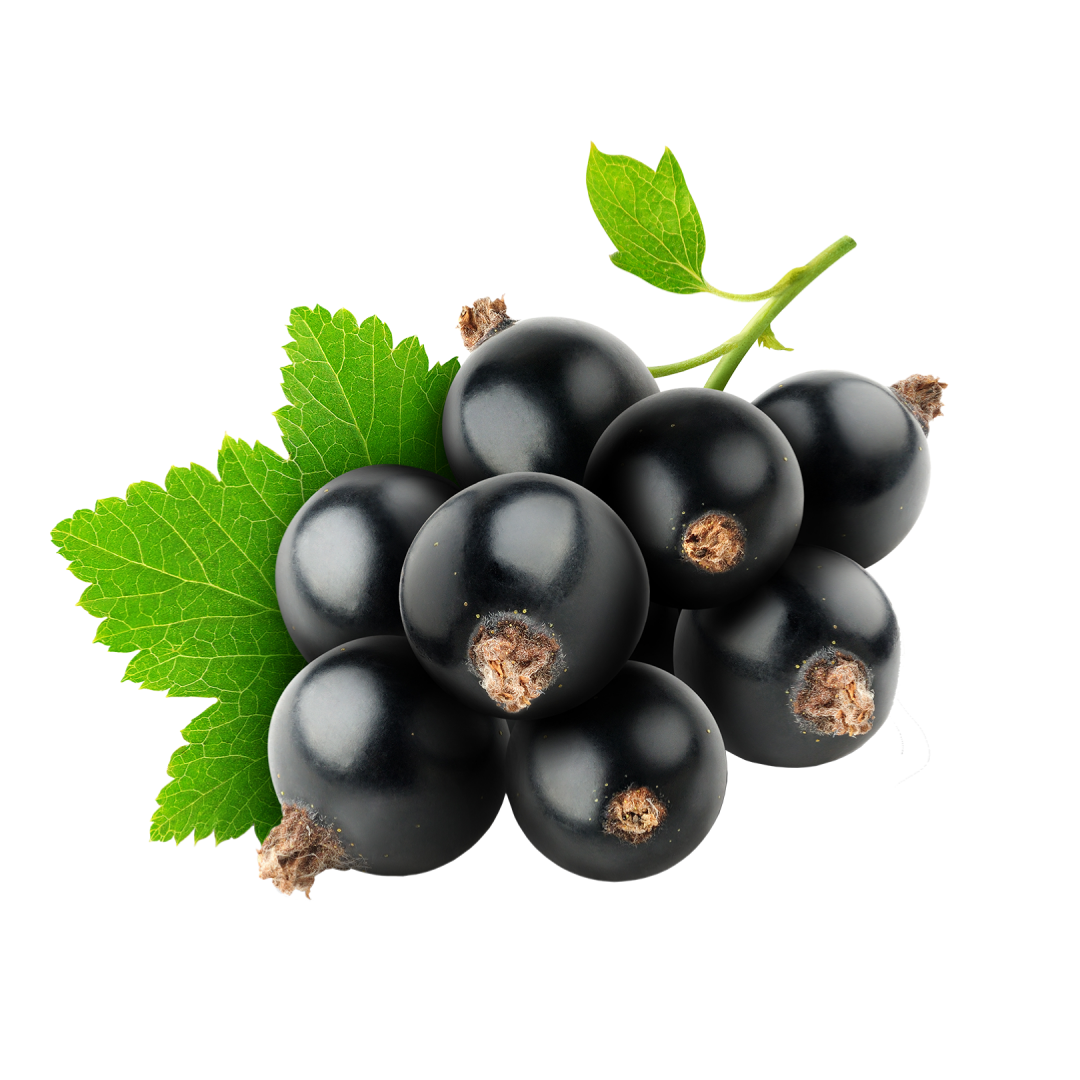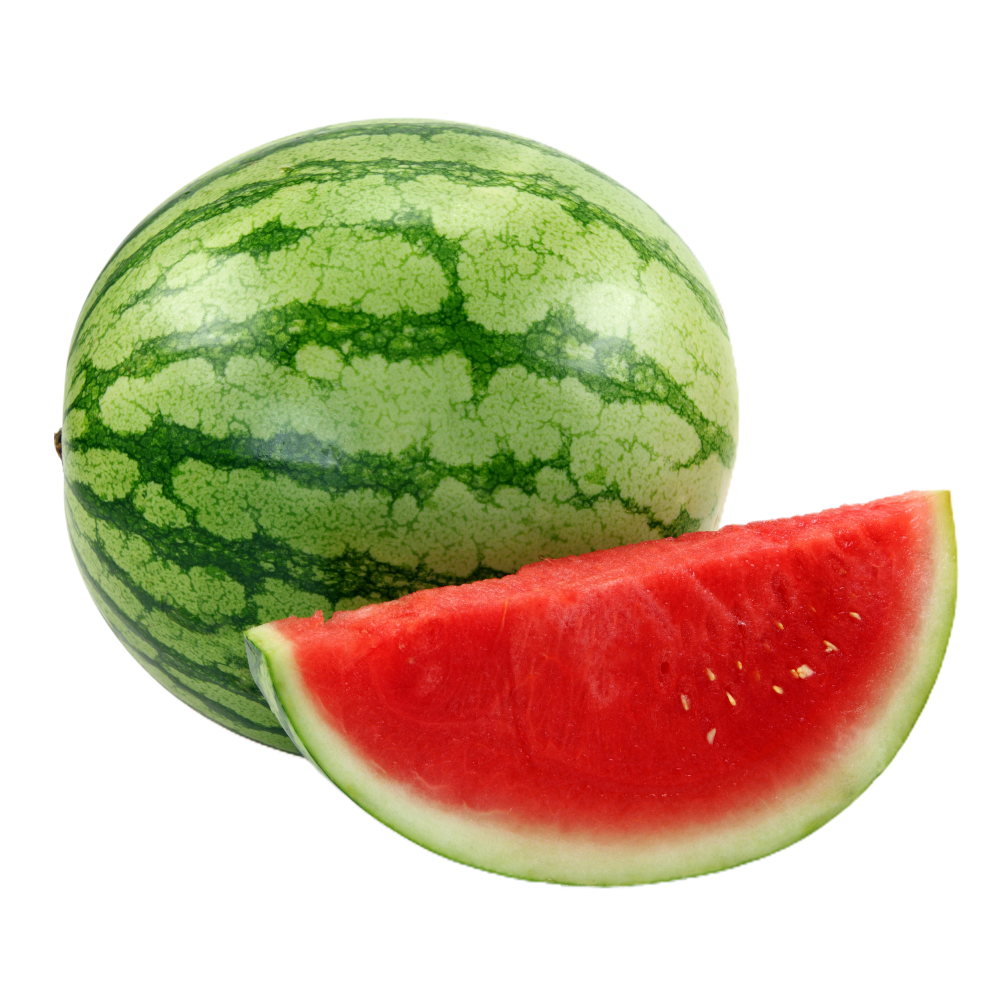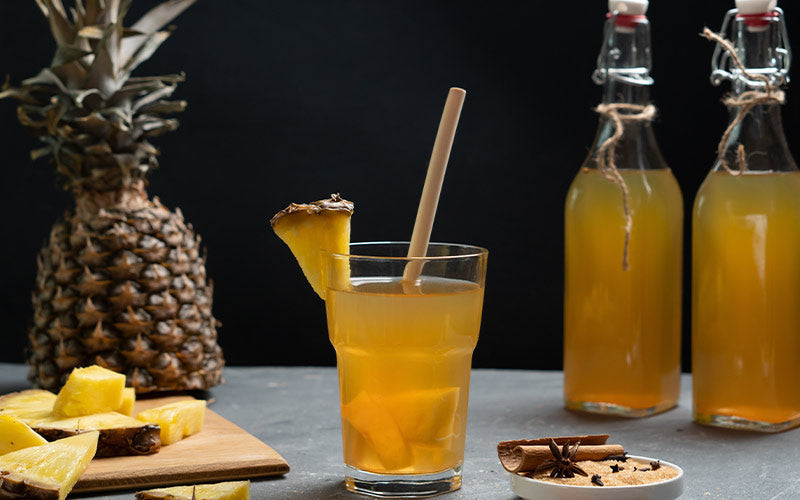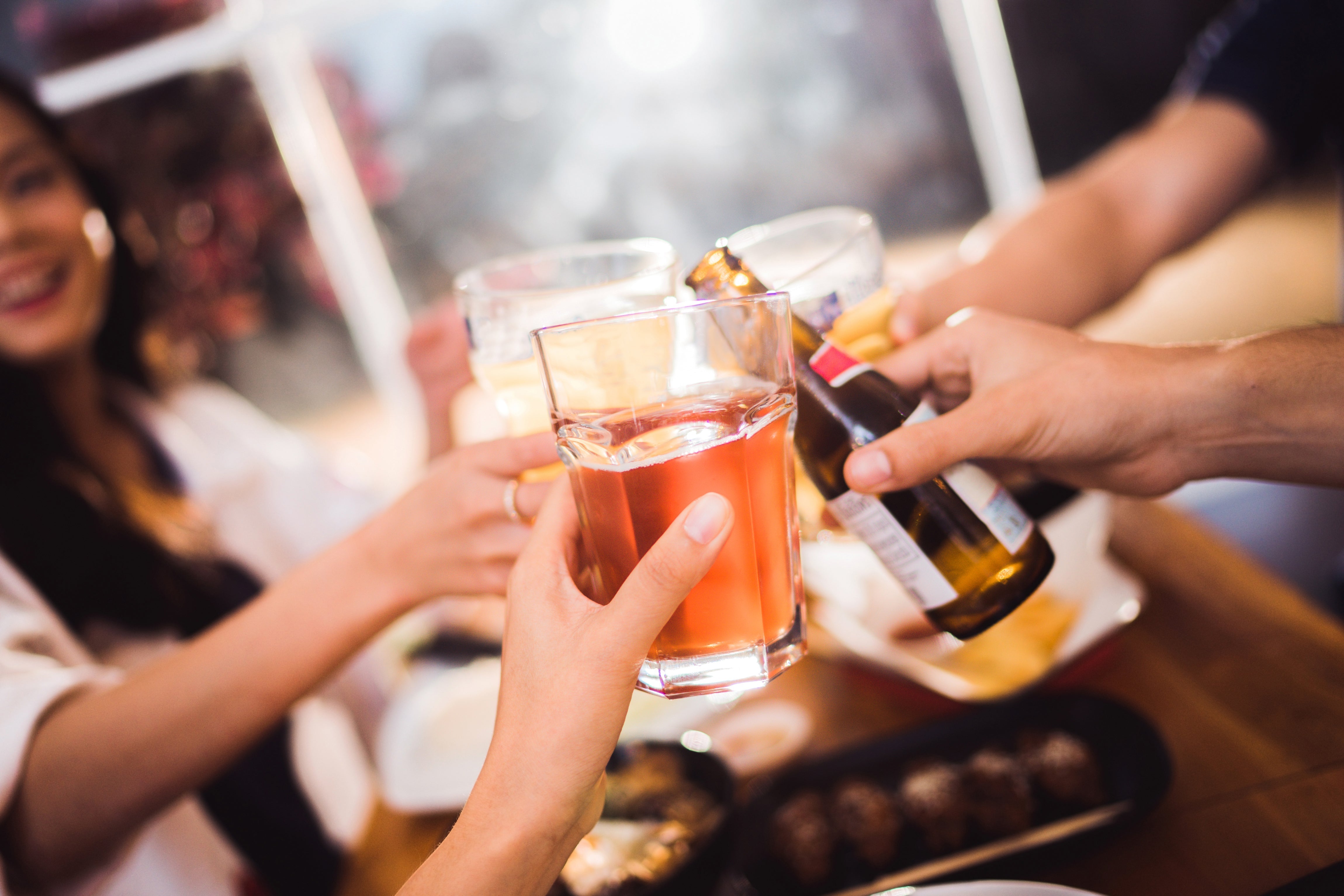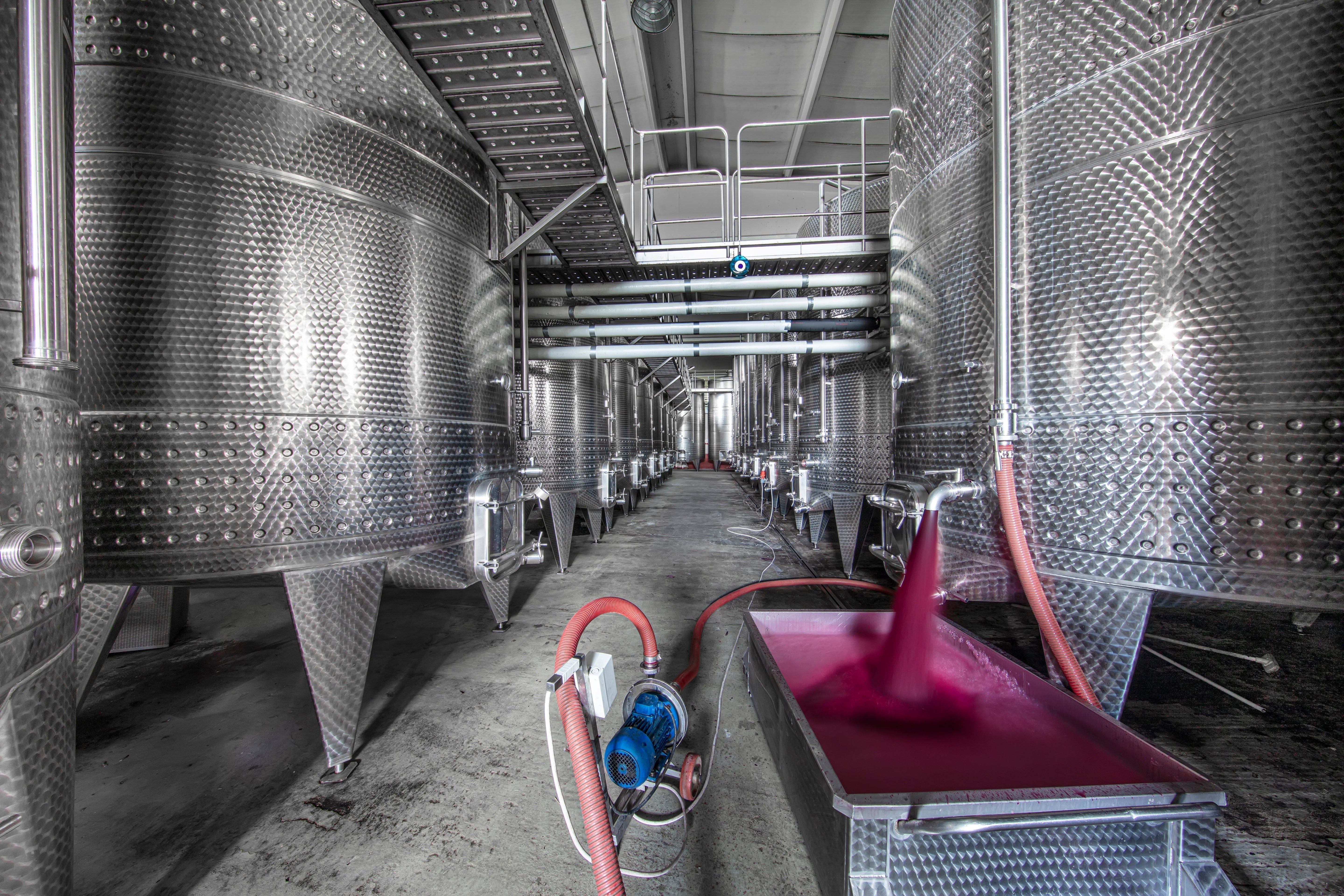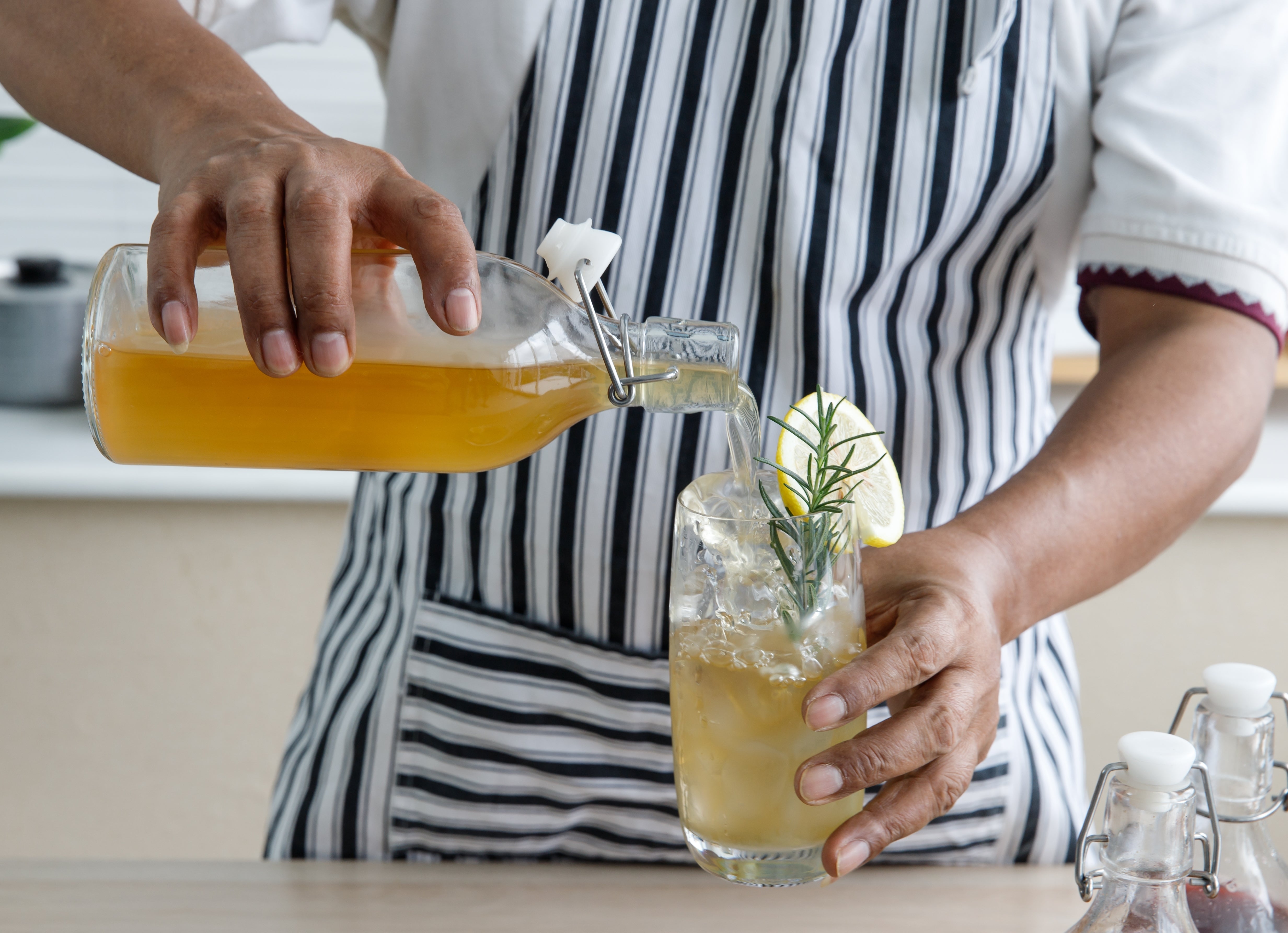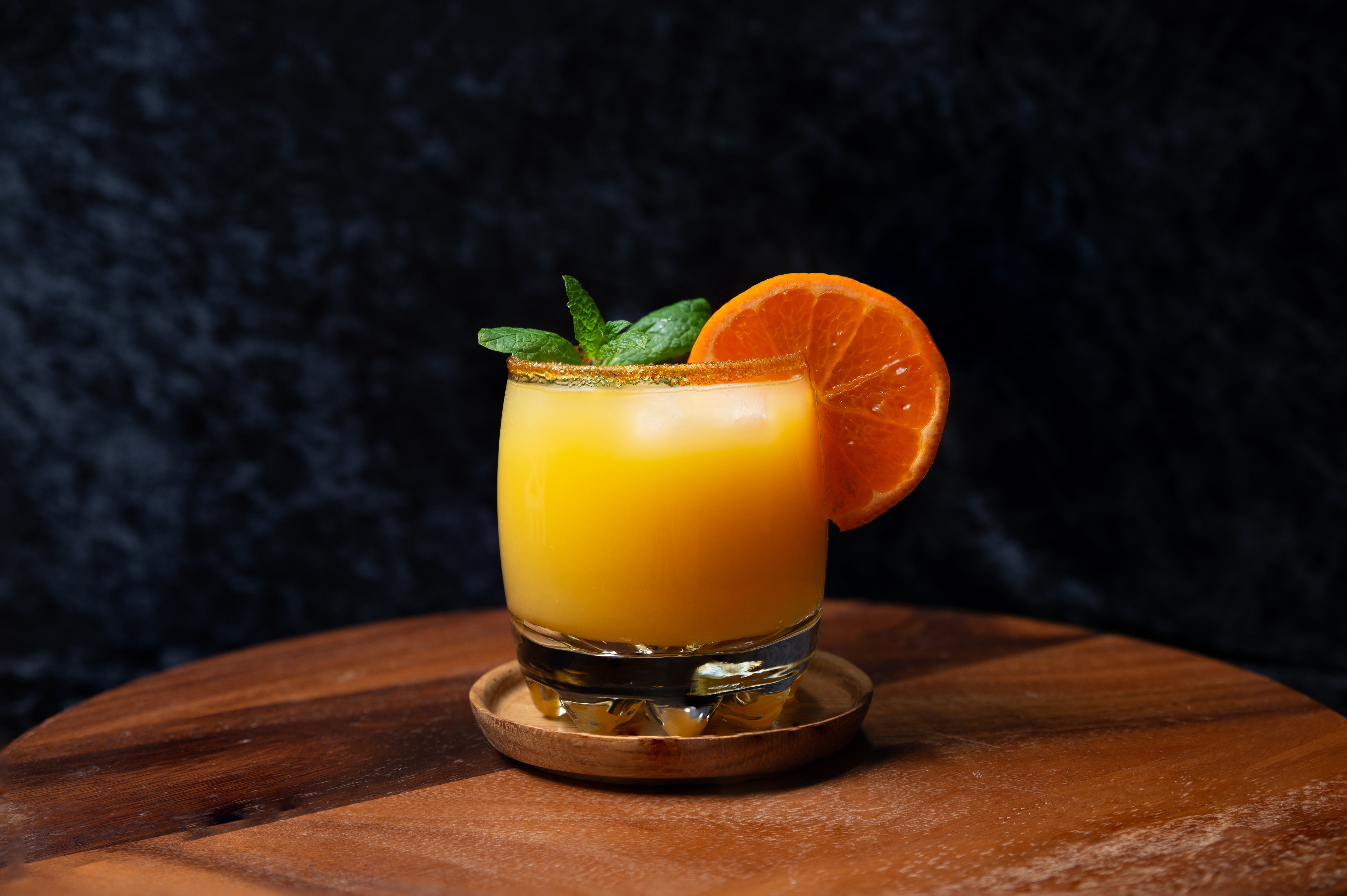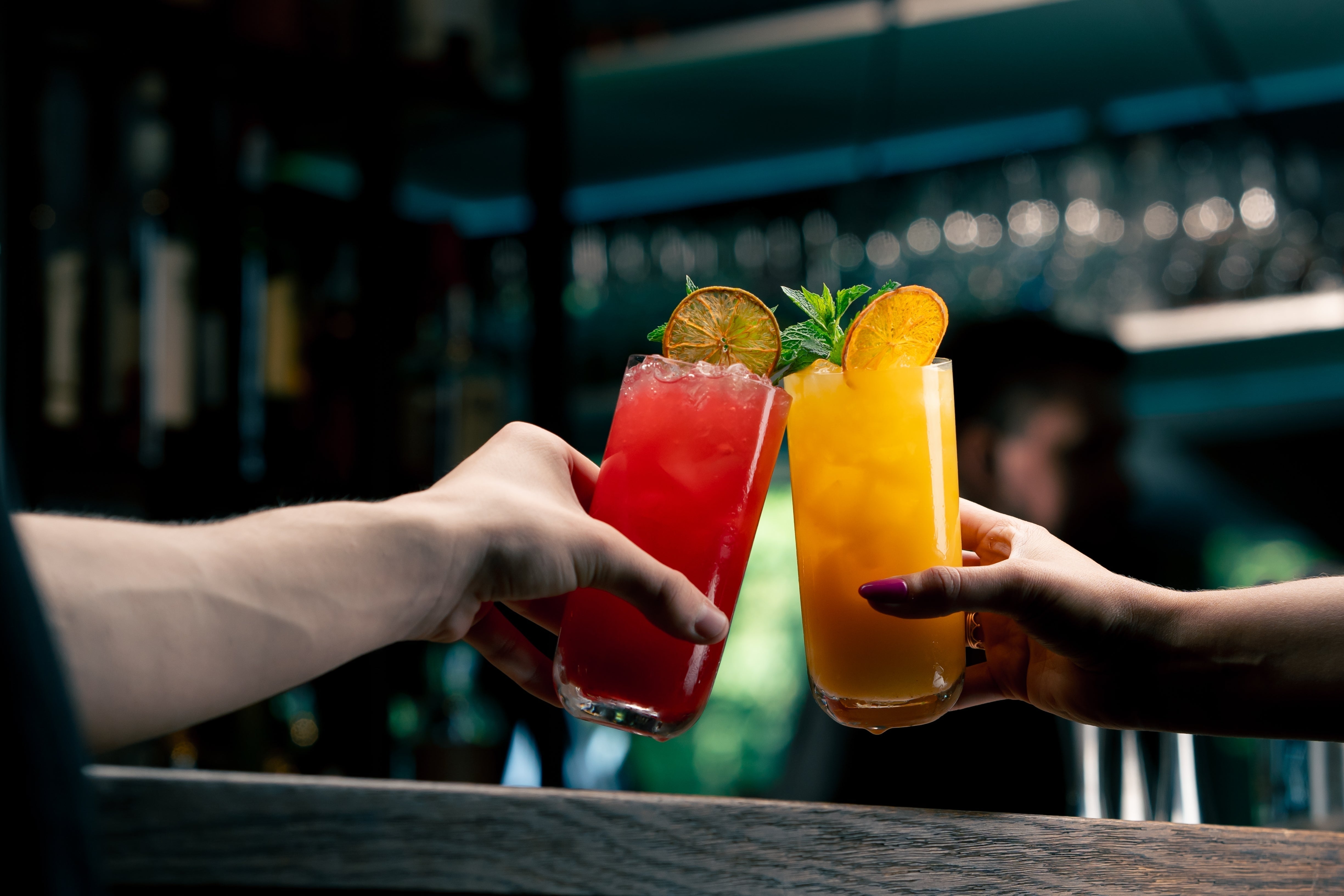Fruit alcoholic drinks have become something that cannot be dismissed: they are almost in every bar and modern restaurants. This type of drinks mixes taste and tradition which creates the offer of a unique and fresh experience. ¡Keep reading and find out more about this amazing world!
Fruit Alcoholic Drinks and Its Production
Fruit alcoholic drinks are those that apply fruits as the main product for their production. These beverages can be prepared with fruit liqueurs, such as cocktails and other kinds of mixtures.
In this type of fruit drink recipe, fruits add color, taste, and a special smell that can define the experience when you drink them. The flavor can go from sweet to acidic; at the same time, the smell can be either firm or soft.
The color of these fruit-based beverages is something attractive too, from different shiny tones to darker fruit spirits. Besides, the texture is another factor that can influence the general experience, making every taste more memorable.
If we talk specifically about the production of fruit alcoholic beverages, as a typical tradition, this type of alcoholic drink starts from the natural fruit flavors, and the fermentation process of sugars.
Nonetheless, in the modern cocktail era, the primary focus of it might differ. The only option is no longer just the fermentation method straight from the fruit itself. Nowadays, you can combine an alcohol base beverage with certain ingredients such as fruit puree.
Specific Methods
Talking about specific methods, the most usual ones are:
- The soaking method, this technique submerges all the fruits in alcohol to extract its flavor.
- Fermentation turns the sugar fruits into alcohol.
- Distillation method purifies the final product.
These methods are essential so you can create high quality alcohol fruit beverages (ExpertBrewing, n.d.)
Now, if we talk about homemade liquors, it is as simple as:
- First, choose the fruit that you want to use.
- You can either chop it up or get a high-quality fruit mash of it.
- Put the fruit itself or the fruit mash in a clean glass filled with alcohol, such as vodka or aguardiente.
- Add sugar as much as you like it and let it rest in a dark and fresh environment for a few weeks.
- At last, strain the best you can from the mixture and enjoy your homemade liquor with a fruity flavor.
This method lets you play around with different types of fresh fruit cocktails.
What Kind of Fruits are the Most Popular with these Types of Beverages?
There is no unique and only fruit to use with these drinks. But there are a few of them that are more popular than others. Among them, we can mention strawberries, lemons, and oranges, which add a vibrant flavor.
On the other hand, exotic fruits like passion fruit, guava, and mango are also popular. These samples add an exceptional taste, while the sensorial experience of refreshing alcoholic drinks and fruit drink recipes becomes greater.
Challenges and Benefits of Fruit Alcoholic Drinks
Fruit alcoholic drinks can offer some nutritional benefits, such as:
- Natural antioxidants from each fruit.
- Small quantities of vitamin C and some vitamin B.
- More bioactive components, but it depends on the fruit.
Something significant to mention, these benefits depend on how well you prepare the beverages, how much you will consume them, and the type of ingredients.
Tendencies Inside the Alcoholic Fruit Beverages Business
The fruit alcoholic drinks business keeps growing non-stop. Only during 2024, the value of it was around 10.5 billion dollars (Verified market research 2025).
Consumers look for healthier and more natural options, which has taken innovation and production methods to a new level. Besides, brands have been working with organic ingredients and sustainable methods in response to these consumer demands.
Among the most popular drinks of this type, you will see fruit-based liquors, refreshing cocktails, and sangrias. These products are tasty and perfect for any event.
If you are looking for a better production of fruit alcoholic drinks with high quality ingredients, pure fruit pulp from Bierfrucht can make a big difference. Please go out and explore our variety of products and take all your creations to another level.
References
ExpertBrewing. (n.d.). The difference between distilling and fermenting alcohol explained. ExpertBrewing. https://expertbrewing.com/the-difference-between-distilling-and-fermenting-alcohol-explained/
Verified Market Research. (2025) Fruit Flavored Alcoholic Beverages Market Insights. https://www.verifiedmarketreports.com/product/fruit-flavored-alcoholic-beverages-market/
